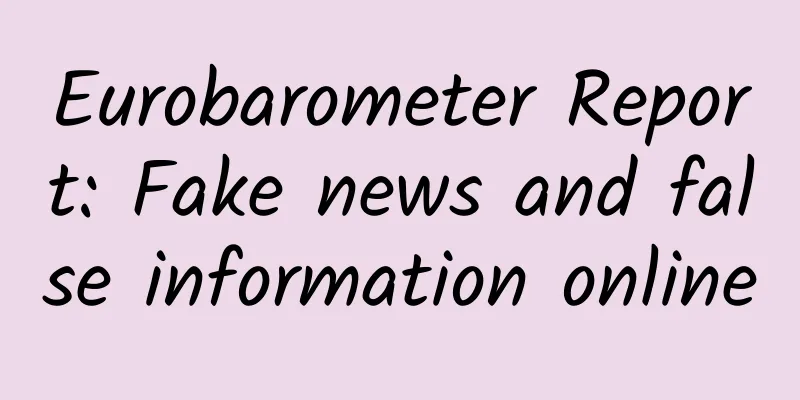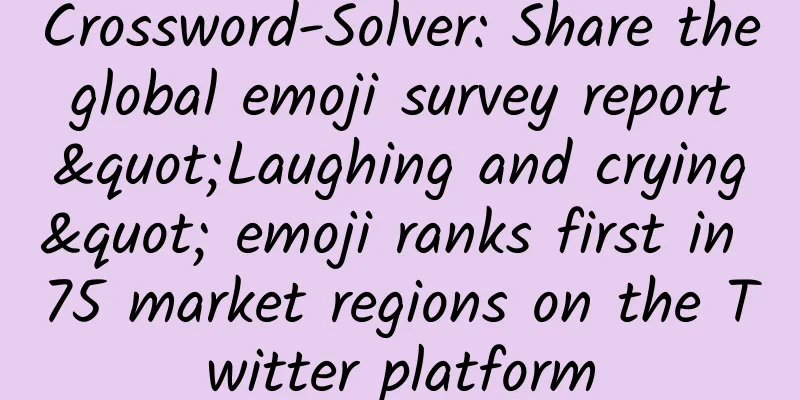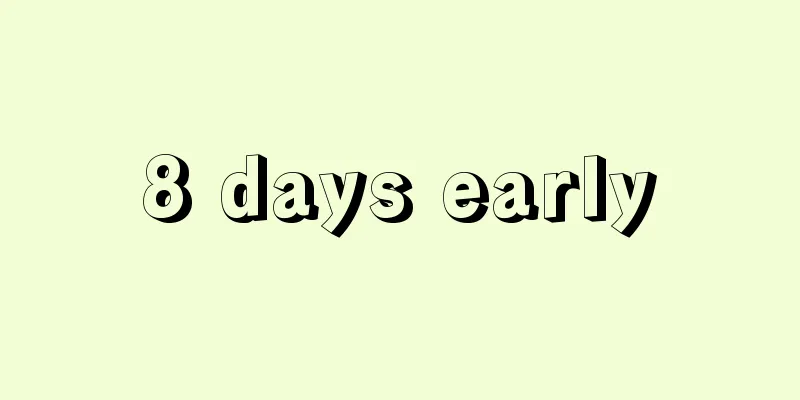Eurobarometer Report: Fake news and false information online

|
The European Union has released its latest report “Eurobarometer – Fake News and False Information Online”. Respondents are less likely to trust online news and information than traditional sources Most respondents completely trust or tend to trust the news and information they receive through radio (70%), television (66%) and print media (63%). However, less than half of respondents (47%) trust online newspapers and magazines, and even fewer trust video sites and podcasts (27%) and social media and messaging apps (26%). This is consistent across all EU countries, with traditional media sources being more trusted than online sources. Most respondents encounter fake news at least once a week More than a third of respondents (37%) encounter fake news every day or almost every day, while another 31% say this happens at least once a week. Seven in ten respondents (71%) are completely or somewhat confident that they can identify distortions of facts or fake news; 26% are not confident in this regard. Respondents in every country were confident in their ability to spot fake news, ranging from 87% in Denmark to 55% in Spain. Respondents who frequently use online social networks, as well as those who frequently encounter fake news, are more confident in their ability to identify such news. The vast majority of respondents believe fake news is a problem in their country More than 8 in 10 respondents (85%) believe fake news is a problem in their country. These views were consistent across member states, with at least 70% of respondents in each country believing that fake news was a problem in their country. Various institutions and media are seen as having a responsibility to stop the spread of fake news Respondents were most likely to believe that journalists should take action to stop the spread of fake news (45%), followed by government authorities (39%), press and broadcasting managers (36%), citizens themselves (32%), online social networks (26%), EU institutions (21%) and NGOs (15%). The PDF version will be shared to the 199IT exchange group. If you want to support our development, please join us! |
<<: IT display applications: market, equipment expenditure and future outlook
Recommend
What to do if a pregnant woman feels pain all over her body
Being pregnant and having a baby is a very hard t...
Treatment of breast lumps in pregnant women
The situation of maternal breast lumps occurs in ...
What are the symptoms of neurasthenia in women?
I don’t know how much you know about the symptoms...
What should I pay attention to during the confinement period in the dog days?
After giving birth to a baby, according to Chines...
Can I take a bath during the confinement period?
In real life, confinement is a recovery process f...
What are the clinical symptoms of double vagina and double uterus?
Women's reproductive organs are all single, s...
[Medical Q&A] Neonatal jaundice: Can jaundice be reduced by sun exposure?
Planner: Chinese Medical Association Reviewer: Ni...
Top 10 symptoms of menopause in women
In daily life, most women between the ages of 45 ...
What should I do if my baby accidentally swallows a foreign object?
Author: Cao Jinjun Xinhua Hospital Affiliated to ...
Can I drink wine during my period?
Special attention should be paid to diet during m...
Disease Monitoring丨EV-A71 is no longer the main pathogen of severe hand, foot and mouth disease, so is it still necessary to get the vaccine?
Last Friday, the Chinese Center for Disease Contr...
Causes of recurrent fever due to mastitis
After the birth of the newborn, mothers let the b...
Breast cellulite early stage
Skin can be divided into dry skin and oily skin, ...
The harm of washing hair and bathing during confinement
Many women are required not to take a bath, wash ...









